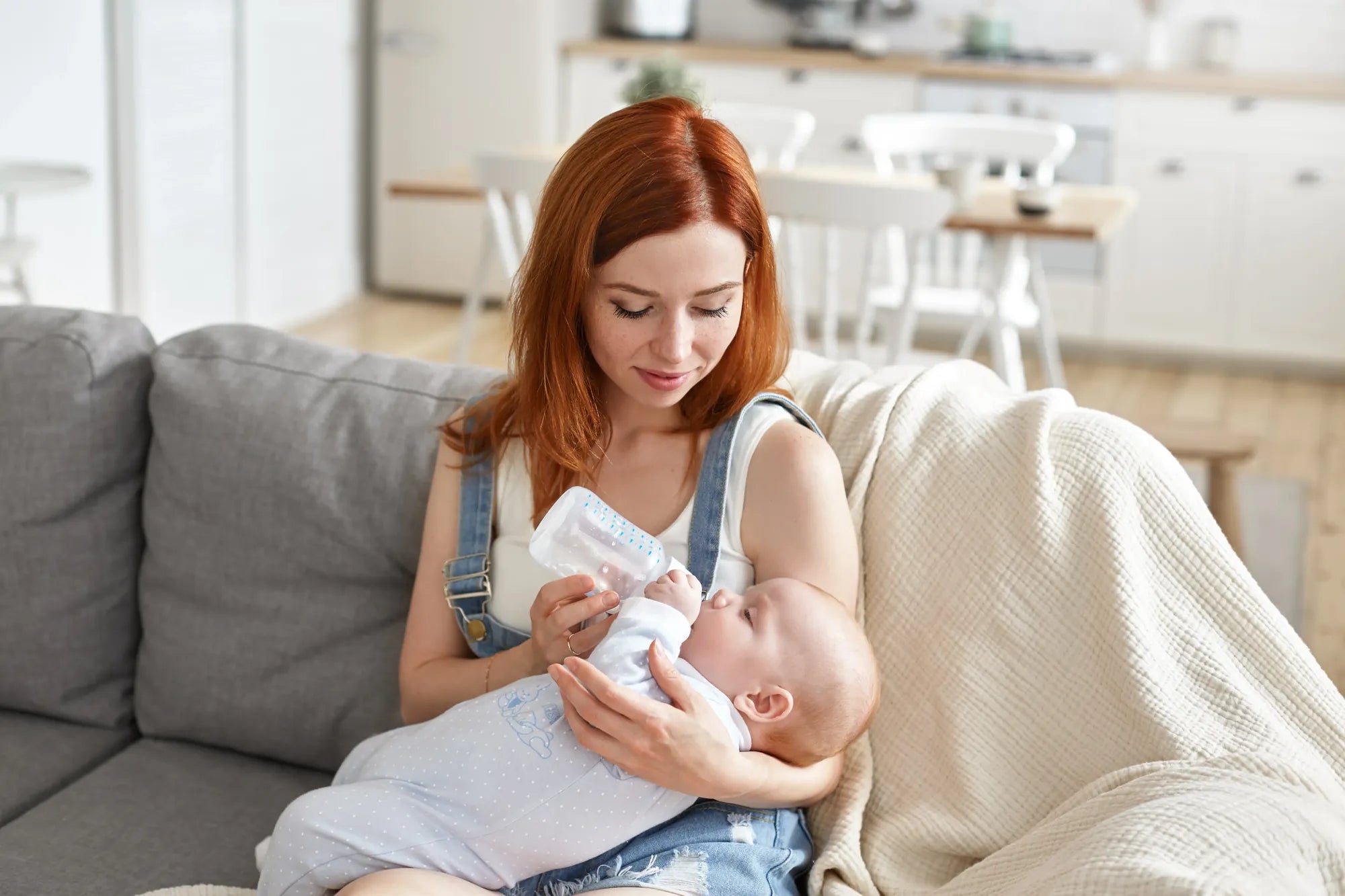Accueil
Pregnancy, Breastfeeding, and Pumping: The Ultimate Guide for Moms
Do You Clean Your Breast Pump After Every Use? Essential Tips for Hygiene

Do You Clean Your Breast Pump After Every Use? Essential Tips for Hygiene
When it comes to feeding your baby, ensuring the cleanliness of your breast pump is non-negotiable. Many new parents wonder, 'Do you clean your breast pump after every use?' The answer is a resounding yes. Proper hygiene is essential to protect your baby from harmful bacteria and ensure the longevity of your equipment. This article will guide you through the importance of cleaning your breast pump after every use and provide practical tips to make the process seamless.
Why Cleaning Your Breast Pump After Every Use is Crucial
Breast milk is a nutrient-rich substance that can quickly become a breeding ground for bacteria if not handled properly. When you use a breast pump, milk residues can remain in the tubing, flanges, and bottles. If not cleaned thoroughly, these residues can harbor harmful bacteria, which can contaminate the milk and pose a risk to your baby's health. Cleaning your breast pump after every use ensures that your baby consumes safe, uncontaminated milk.
The Risks of Not Cleaning Your Breast Pump
Neglecting to clean your breast pump can lead to several health risks for your baby. Bacteria such as E. coli, Salmonella, and Staphylococcus can thrive in unclean pump parts, leading to infections and illnesses. Additionally, mold can grow in damp areas of the pump, which can be particularly dangerous if inhaled or ingested by your baby. Regular cleaning minimizes these risks and provides peace of mind for parents.
Step-by-Step Guide to Cleaning Your Breast Pump
Cleaning your breast pump after every use doesn't have to be a daunting task. Follow these steps to ensure your pump is spotless and safe for your baby:
- Disassemble the Pump: Take apart all the components of your breast pump, including the flanges, bottles, valves, and tubing.
- Rinse with Cold Water: Rinse each part under cold water to remove any milk residues. Avoid using hot water initially, as it can cause proteins in the milk to stick to the surfaces.
- Wash with Warm, Soapy Water: Use a mild detergent and warm water to thoroughly wash each part. A bottle brush can be helpful for reaching small crevices.
- Rinse Again: Rinse all parts with clean water to remove any soap residue.
- Sanitize: For added safety, sanitize the pump parts using boiling water, a steam sterilizer, or a sanitizing solution. Follow the manufacturer's guidelines for sanitizing.
- Air Dry: Place all parts on a clean drying rack or towel and allow them to air dry completely before reassembling.
Tips for Maintaining Breast Pump Hygiene
In addition to cleaning your breast pump after every use, there are several practices you can adopt to maintain optimal hygiene:
- Store Pump Parts Properly: Keep disassembled pump parts in a clean, dry place to prevent contamination.
- Replace Worn-Out Parts: Regularly inspect your breast pump parts for signs of wear and tear. Replace any damaged or worn-out components to ensure effective cleaning and safe use.
- Use Separate Cleaning Tools: Designate specific brushes and sponges for cleaning your breast pump to avoid cross-contamination with other household items.
- Wash Your Hands: Always wash your hands thoroughly before handling your breast pump or its parts.
Common Mistakes to Avoid
Even with the best intentions, it's easy to make mistakes when cleaning your breast pump. Here are some common pitfalls to avoid:
- Not Cleaning Immediately: Delaying the cleaning process allows milk residues to dry and become harder to remove. Clean your pump as soon as possible after each use.
- Using Harsh Chemicals: Avoid using harsh detergents or bleach, as they can leave harmful residues on your pump parts. Stick to mild, baby-safe cleaning products.
- Incomplete Drying: Ensure all parts are completely dry before reassembling or storing your pump. Moisture can promote bacterial growth.
- Ignoring Manufacturer's Instructions: Always follow the cleaning and sanitizing guidelines provided by the manufacturer to avoid damaging your pump or compromising its safety.
Frequently Asked Questions
How often should I clean my breast pump? You should clean your breast pump after every use to prevent bacterial contamination.
Can I use a dishwasher to clean my breast pump parts? Some breast pump parts are dishwasher-safe, but it's essential to check the manufacturer's instructions. Hand washing is often recommended for thorough cleaning.
How do I know if my breast pump parts need to be replaced? Inspect your pump parts regularly for cracks, discoloration, or other signs of wear. Replace any damaged parts immediately.
Is it necessary to sanitize my breast pump after every use? While sanitizing isn't required after every use, it's a good practice to sanitize your pump parts at least once a day, especially if your baby is under three months old or has a weakened immune system.
By following these guidelines, you can ensure that your breast pump remains clean and safe for your baby. Remember, a little extra effort in maintaining hygiene can go a long way in protecting your baby's health.
Ready to take your breast pump hygiene to the next level? Start implementing these tips today and enjoy the peace of mind that comes with knowing your baby is safe and healthy.
Partager


